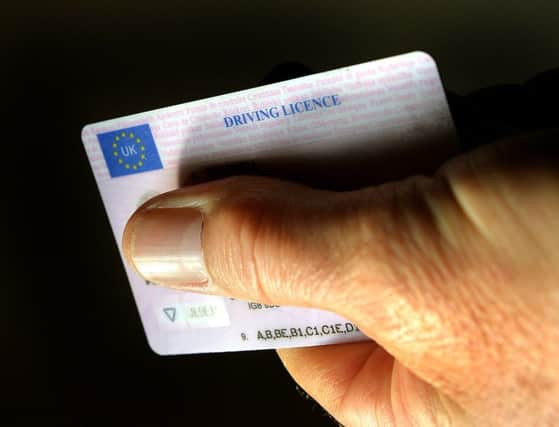Out go 3-point turns and in come sat navs as driving tests get makeover


Learners may be asked to use a satellite navigation system as part of a revised practical exam, while the three-point-turn - more recently known as the “turn in the road” - could be scrapped altogether.
Around 1,000 learner drivers across the UK will be asked to take part in a trial of new practical exam measures designed to “better reflect real-life driving”.
Advertisement
Hide AdAdvertisement
Hide AdThe test has existed in its current form for around two decades, although “independent driving” - where motorists are asked to find their way to a destination - has formed part of the practical exam in recent years.
A Driver and Vehicle Standards Agency (DVSA) spokesman said: “We are carrying out initial research to explore how the driving test could better reflect real-life driving. Any future changes to the test would be subject to full public consultation.”
The trial will explore extending the independent driving section from 10 to 20 minutes of the total 40-minute length, and asking candidates to follow directions on a satnav, as an alternative to using road signs.
It will also consider replacing the “reverse around a corner” and “turn in the road” manoeuvres with more realistic everyday manoeuvres, such as reversing out of a parking bay, or pulling up on the left or right before re-joining the flow of traffic, the DVSA said.
Advertisement
Hide AdAdvertisement
Hide AdLearners may also be asked one of the two vehicle safety questions while on the move instead of at the start of the test. This could involve asking candidates to show how they would operate the heated rear screen while driving.
The Driving Instructors Association (DIA), the largest industry body representing driver and rider trainers, has welcomed government plans to review the driving test.
DIA chief executive Carly Brookfield said: “DIA has been heavily involved in the scoping of this project and is enthusiastic about the opportunity it presents to evolve the L-test to a level where it more realistically assesses a candidate’s ability to competently and safely manage road based risk and driving in real life, on real roads.
“The DIA and its members will play a key role in the project as it is critical ‘customers’ of the test, such as driving instructors and candidates, have their input in making the test more fit for purpose and more reflective of modern driving.”
In-depth research will be carried out in order to understand where key improvements in the current assessment could be made.